SAND BUDGETS
A new approach to sand management
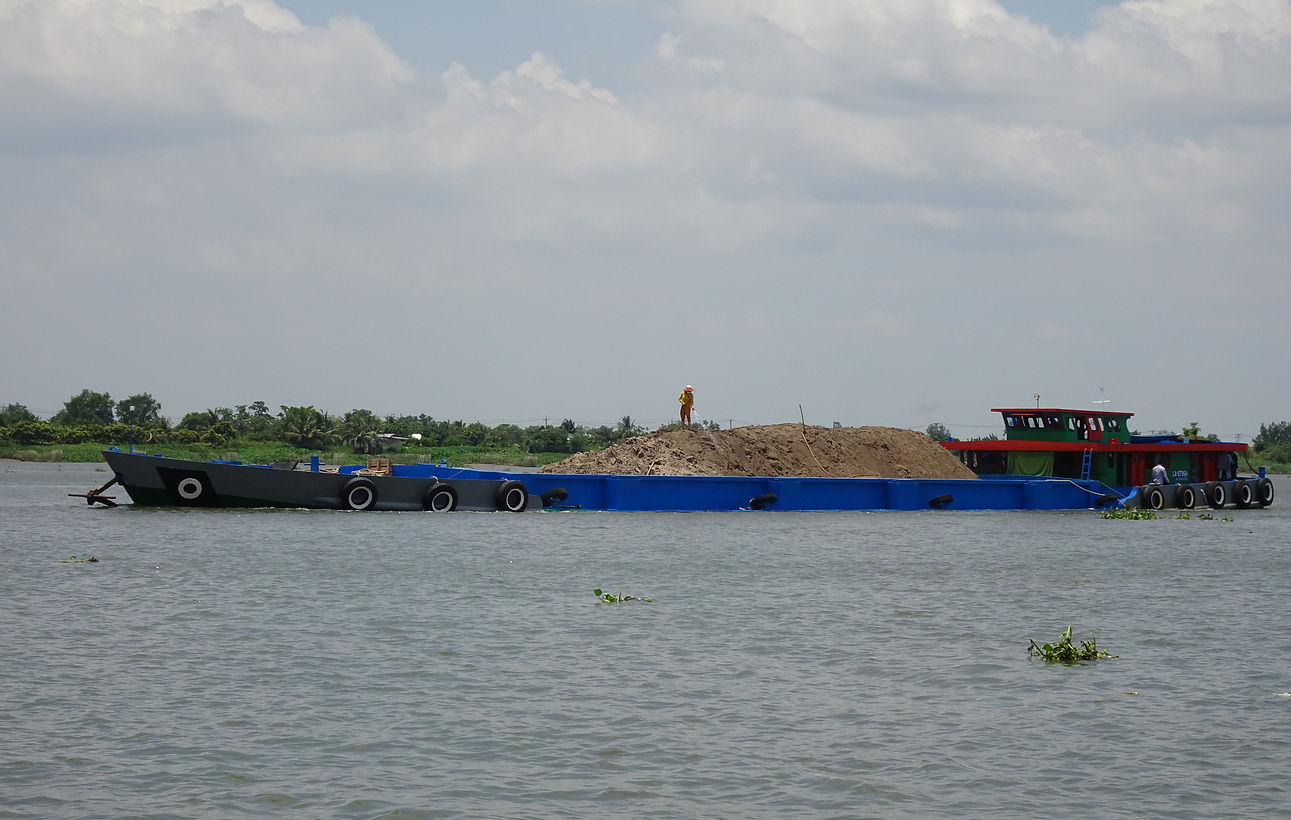
THE SAND BUDGET
We often take sand for granted. Visit a beach, or a desert, and it’s easy to conclude that there is a lot of it.
UNFORTUNATELY, SAND IS NOT EQUALLY DISTRIBUTED, AND SOME NATURAL SPACES NEED IT TO FUNCTION. SAND IS CRITICAL FOR ECOSYSTEMS, AGRICULTURE AND LIVELIHOODS — ESPECIALLY WHEN IT COMES TO RIVER SYSTEMS.
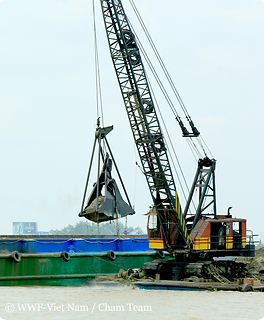
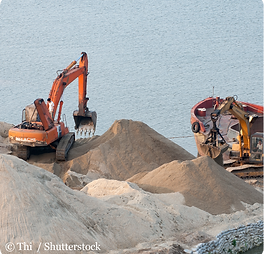
The Sand Budget is a model for understanding how sand flows in and out of rivers and related ecosystems — and how its extraction through mining for construction and other human activities can affect this important balance. If more sand is extracted than can be replenished by natural processes, there is a sand deficit. This leads to negative consequences for people — locally and globally.
The concept was developed through a study carried out by WWF, Deltares and other stakeholders in the Mekong Delta between 2019 and 2024. By establishing a delta-wide Sand Budget, the project — in close consultation with key stakeholders — aimed to create a better understanding of the scope and impact of unsustainable extractions rates.

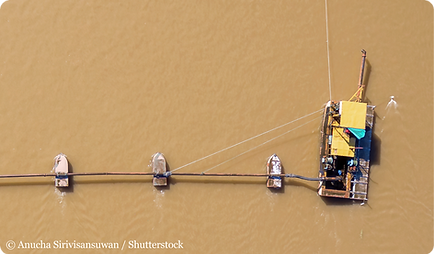

WHY IS SAND IMPORTANT?
Sand is an essential ingredient in making concrete, making it critical for socio-economic development. It helps buffer the effects of climate change, improves water quality and supports aquatic life and biodiversity. Unsustainable sand mining threatens the economies, ecosystems and people that rely on this critical resource.
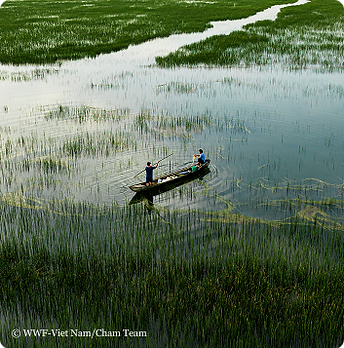

WHAT IS A SAND BUDGET?
Rivers and deltas are dynamic sedimentary-based systems that are constantly changing as the result of the balance between water and sediment flows. A Sand Budget measures the balance between water and sediment flows that determine the shape of rivers, providing a monitoring and decision support tool for managers of water and climate risk as well as ecosystems and biodiversity and socio-enconomic sectors that depend on it. The ability to monitor sand deposits and understand the processes that replenish or deplete them informs more efficient and effective sand management policies.
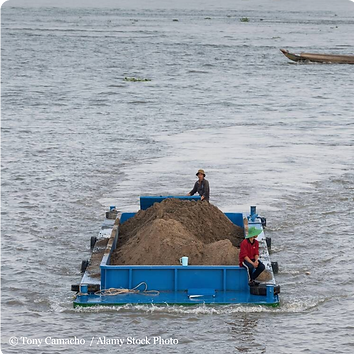

THE MEKONG DELTA SAND BUDGET
Between 2019 and 2024, the Government of Viet Nam, alongside Deltares, WWF and other key stakeholders, carried out a study of sand distribution, flows and mining in the Mekong Delta. This research has been used to create the world’s first delta-wide Sand Budget.
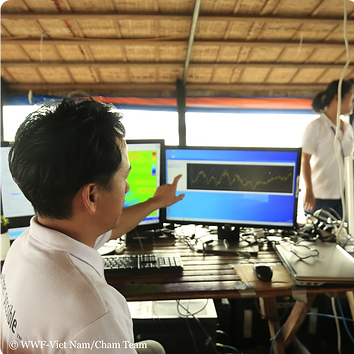
MANAGING THE SAND BUDGET
Keeping sand in river channels and coasts is a very cost effective adaptation strategy that can build climate resilience, protect ecosystems and improve livelihoods. Sustainable alternatives to sand can help mitigate the negative impacts of sand mining.
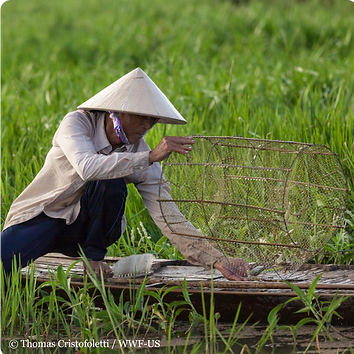
RESOURCES
The Sand Budget method can be extended to the entire Mekong basin and other regions and ecosystems. This section provides access to reports, studies, maps, training material and media coverage related to the Vietnamese Mekong Delta Sand Budget that can be used for the development of new Sand Budgets.


ABOUT
THE SAND BUDGET CONCEPT IS THE PRODUCT OF A STUDY CARRIED OUT BY WWF BETWEEN 2019 AND 2024:
DRIFTING SANDS: MITIGATING THE IMPACTS OF CLIMATE CHANGE IN THE MEKONG DELTA THROUGH PUBLIC AND PRIVATE SECTOR ENGAGEMENT IN THE SAND INDUSTRY.

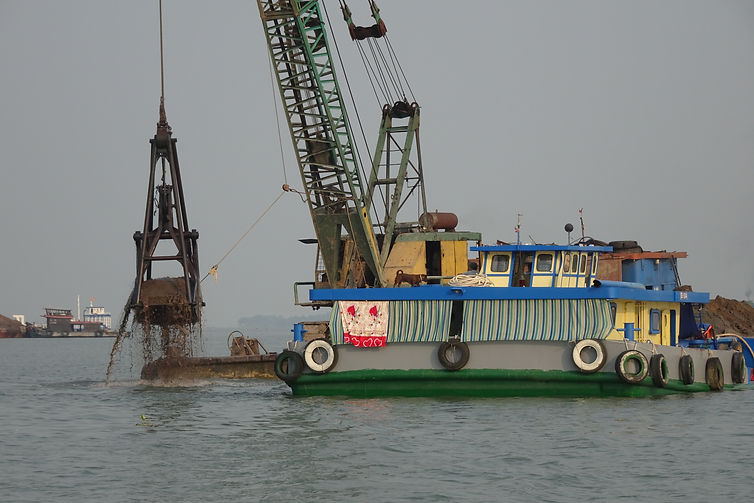
This website is the outcome of that study. Its purpose is to serve as a resource for stakeholders to better understand the complex and dynamic processes that drive sand depletion, the effects that sand mining and extraction has, ways to improve the sand balance of river systems, and how to develop their own Sand Budget.
The 2019-2024 “Drifting Sands: Mitigating the impacts of climate change in the Mekong Delta through public and private sector engagement in the sand industry" project was funded by the International Climate Initiative (IKI) – BMU and managed by WWF-Germany. Viet Nam's Ministries of Agriculture and Rural Development (MARD), which oversees disaster risk management, is the key project partner.


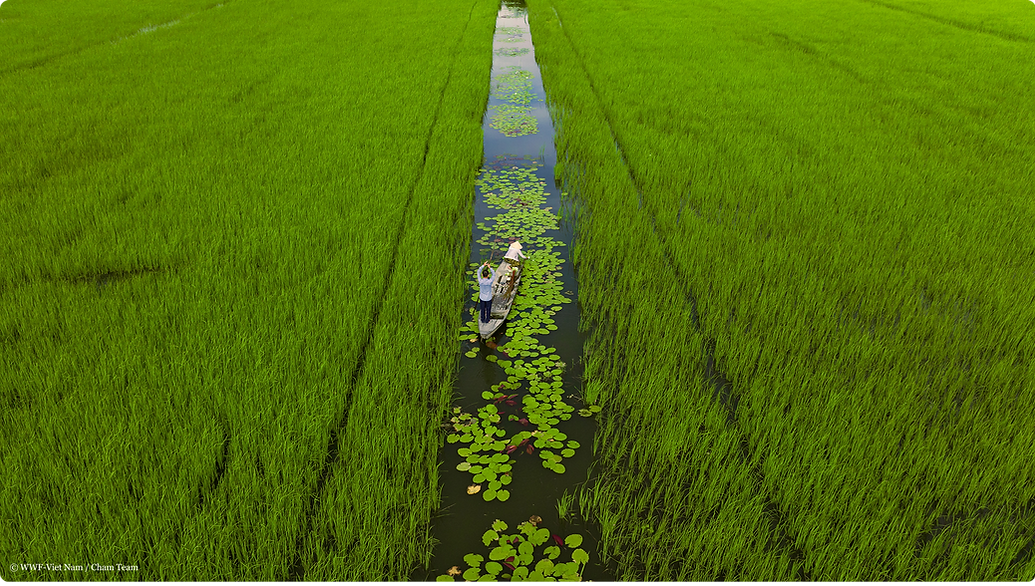
_WW1269115%202.png)


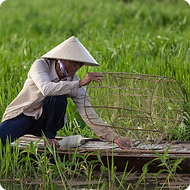

_WW1269115%202.png)
